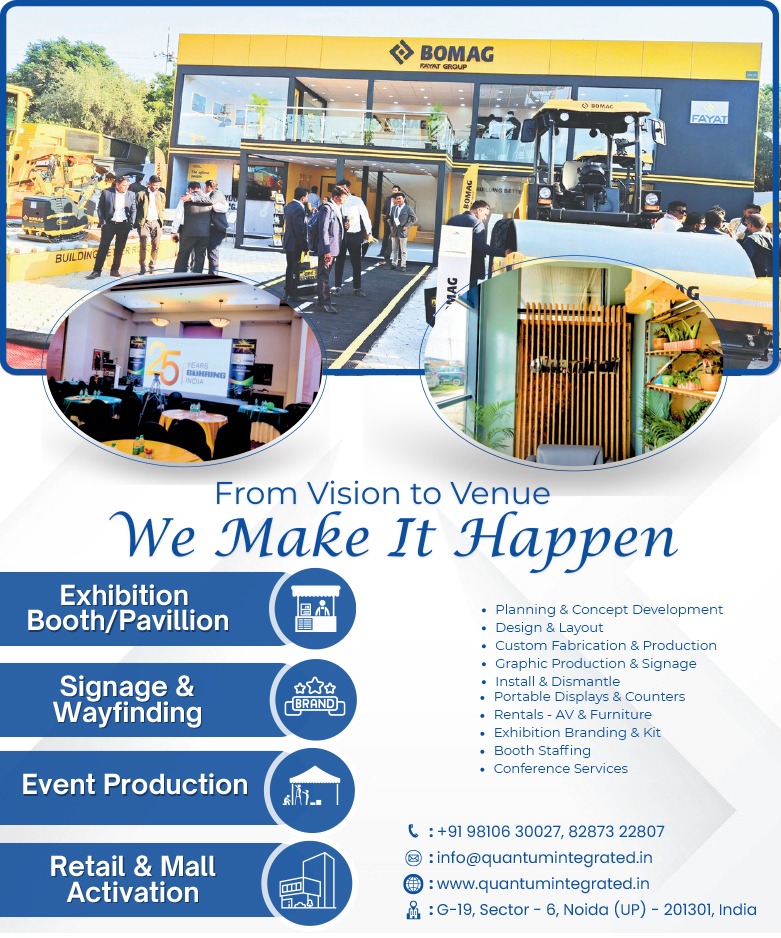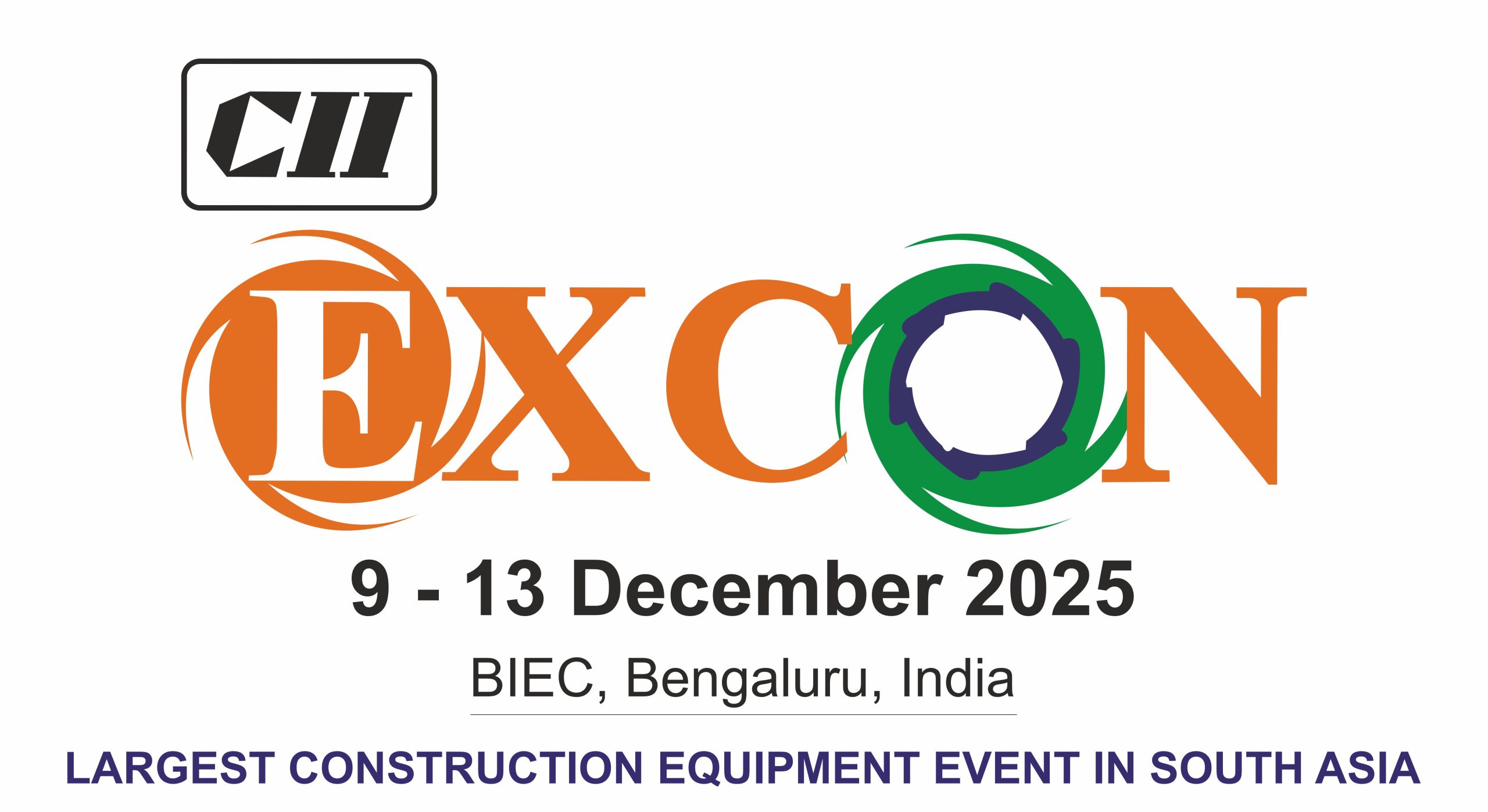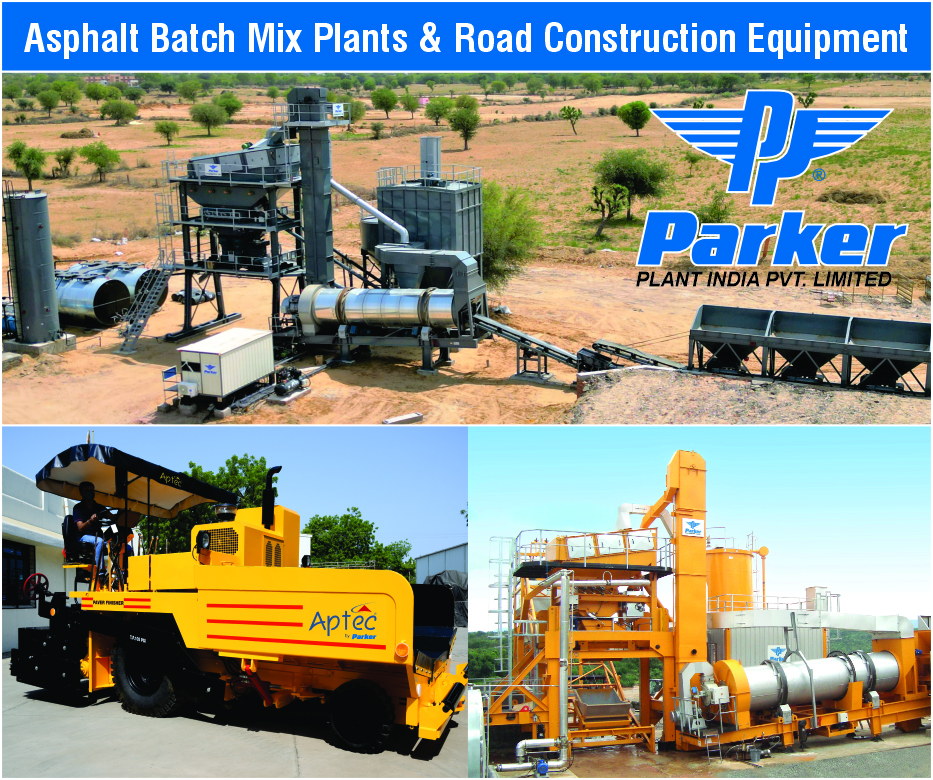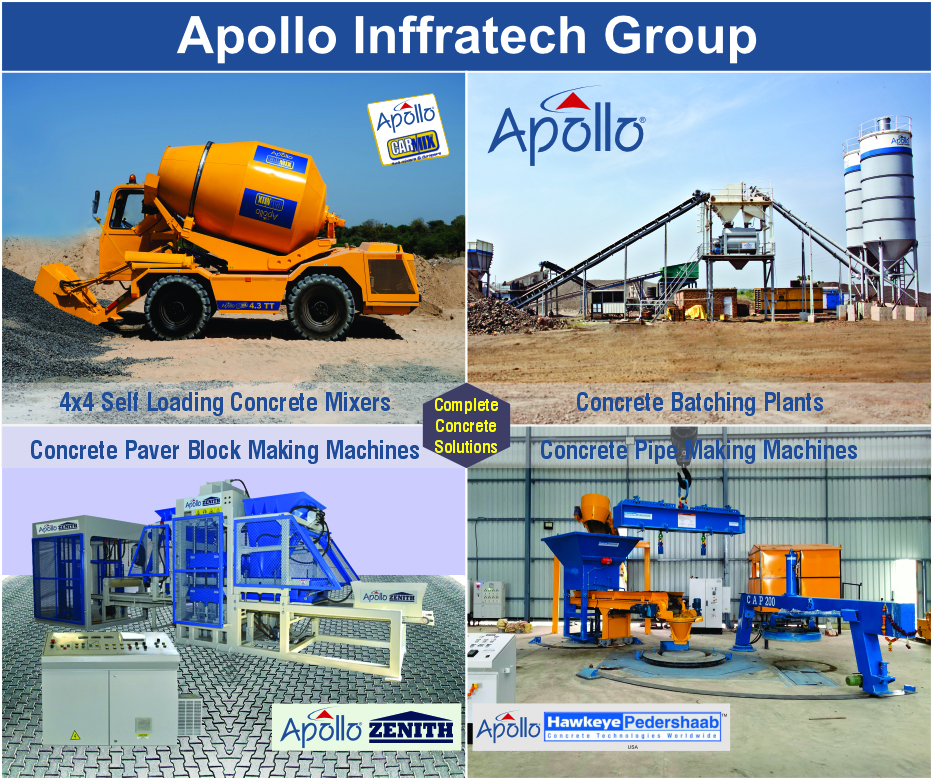India’s public transport landscape has seen remarkable transformation in 2025, thanks to visionary state policies, infrastructure expansion and sustainable initiatives. Leading the way is Delhi, which recorded over 8.18 million metro rides in a day, runs 395 km of metro lines and is extending its rapid transit systems. Close behind are Karnataka and Maharashtra: while Karnataka adds new metro and electric buses (including expansion of the Namma Metro and growing EV fleets), Maharashtra strengthens its suburban rail, metro expansions and integrates bus networks for smoother last-mile connectivity.
Other states on the list—Tamil Nadu, Gujarat, Telangana, West Bengal, Kerala, Uttar Pradesh and Rajasthan, are also raising the bar. Chennai’s MTC runs thousands of buses across extensive routes, supported by metro connectors and feeder services. Gujarat’s Ahmedabad boasts one of the largest Bus Rapid Transit Systems in the country, backed by strong inter-city services through GSRTC. Telangana is pushing advanced automated metro operations; Kerala introduces innovative tri-modal systems like the Kochi Water Metro; UP and Rajasthan are enhancing fleet size, AC and deluxe bus options and metro expansions; West Bengal expands metro lines with deeper tunnels and new extensions.
These developments reflect India’s growing emphasis on efficient, sustainable and inclusive urban mobility. With growing investments in metro lines, electric fleets, unified mobility apps and last-mile connectivity, these states are building transit systems not just to move people, but to improve quality of life, reduce emissions and shape smarter cities for tomorrow.










